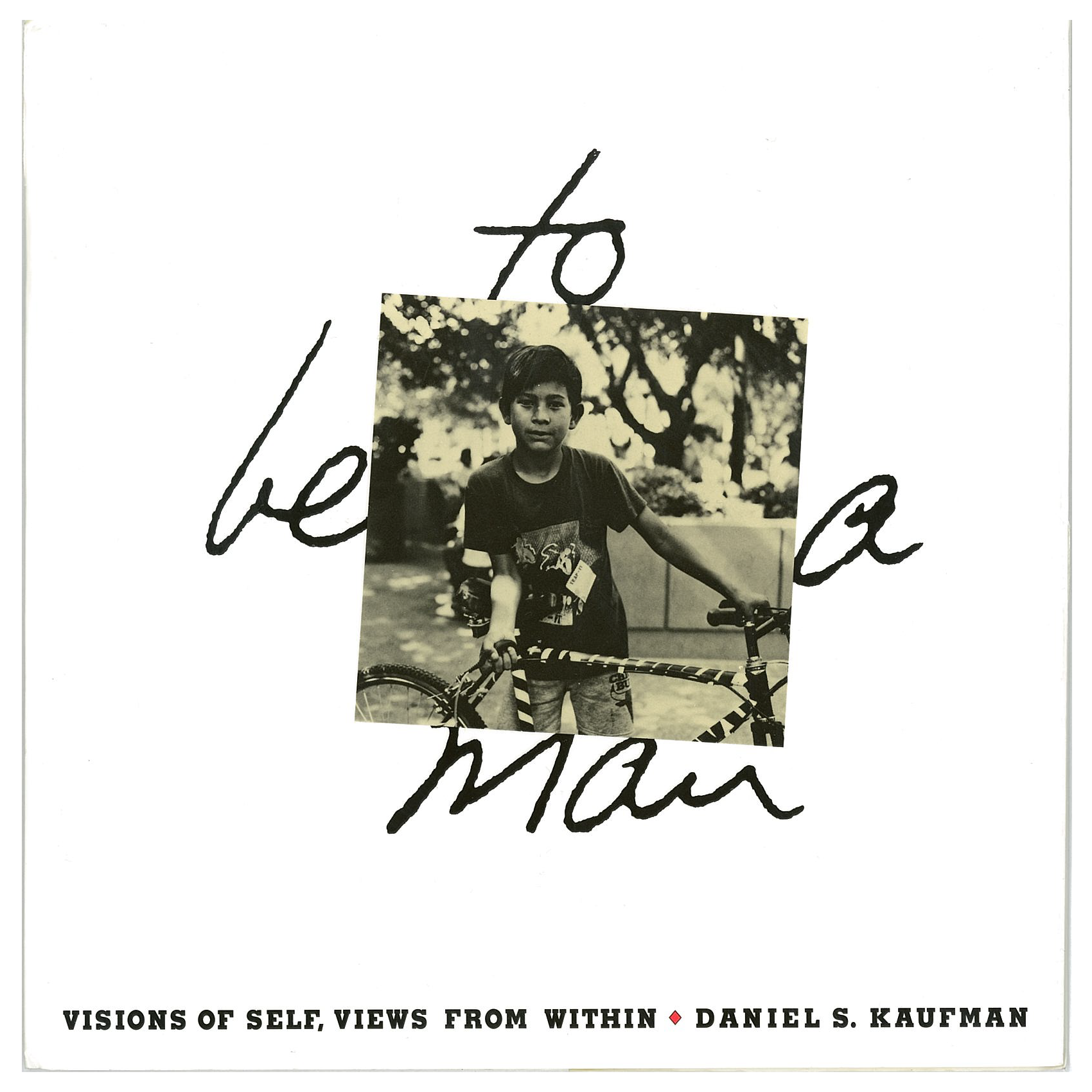
To Be A Man
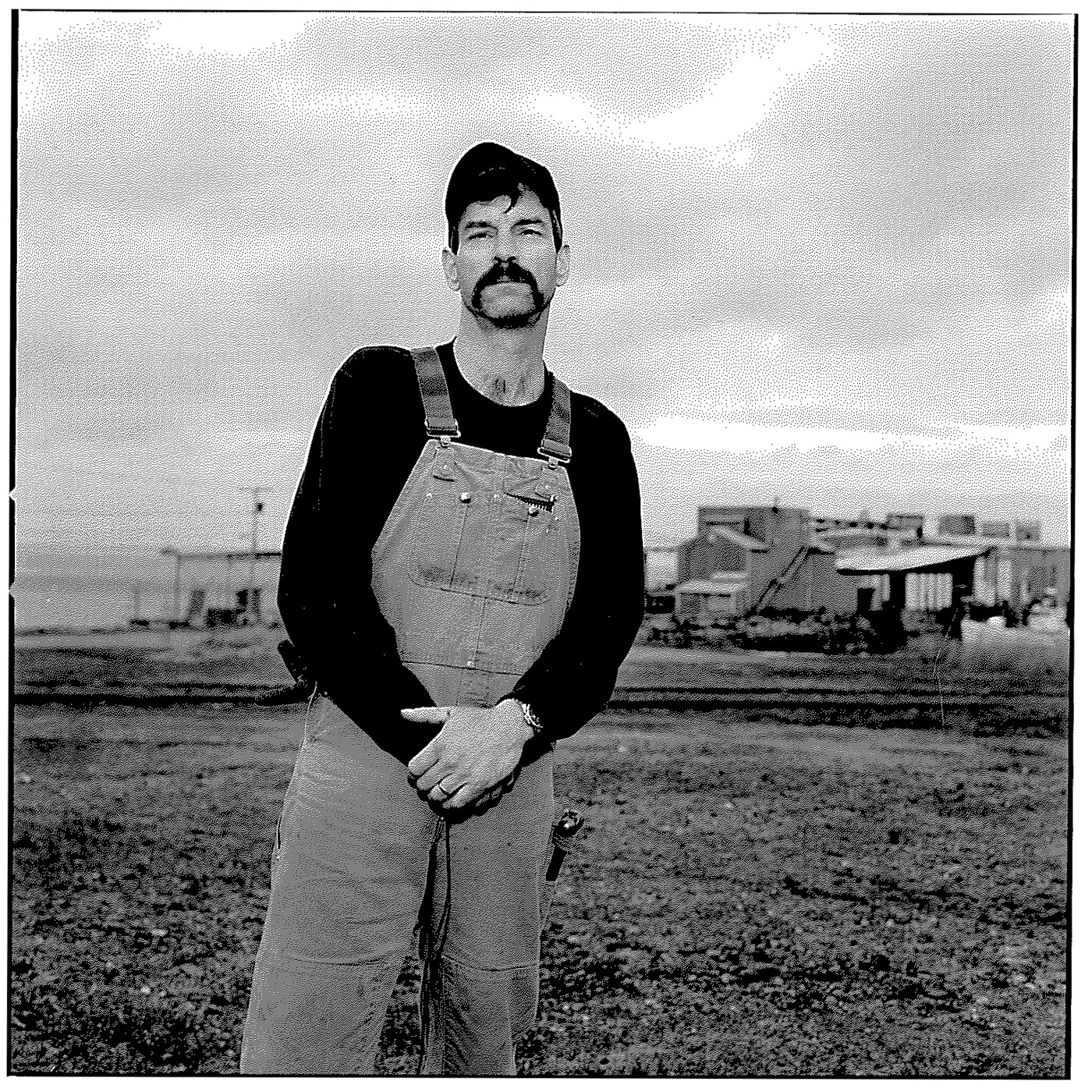
IMAGINE THAT YOU WERE a boy growing up today, ready to take the leap from boyhood to manhood. What would you become? How would you behave? How would you maintain a sense of masculinity when all that was traditionally defined as being male is now changing drastically? These very questions are relevant not only to the boys growing up today, but also to men of all ages who cope daily with the conflicts of a new social order. And yet the issues and questions surround ding male identity are rarely communicated; consequently, modern gender definitions seem to be evolving in many conflicting and surprising directions.
In To Be A Man, I have set out to record and present the multi-faceted and complicated nature of the way men perceive themselves. For almost two years, I traveled across the country, meeting people, discussing male identity, and encouraging men to express themselves both visually and verbally. I started in Texas, then went to Louisiana, and then up to New York City. Later I wandered from the top of Washington State, down to the bottom of California, and later still from north Maine to south Florida. In between the coasts, I isited several other states and met a diverse sampling of the American male population.
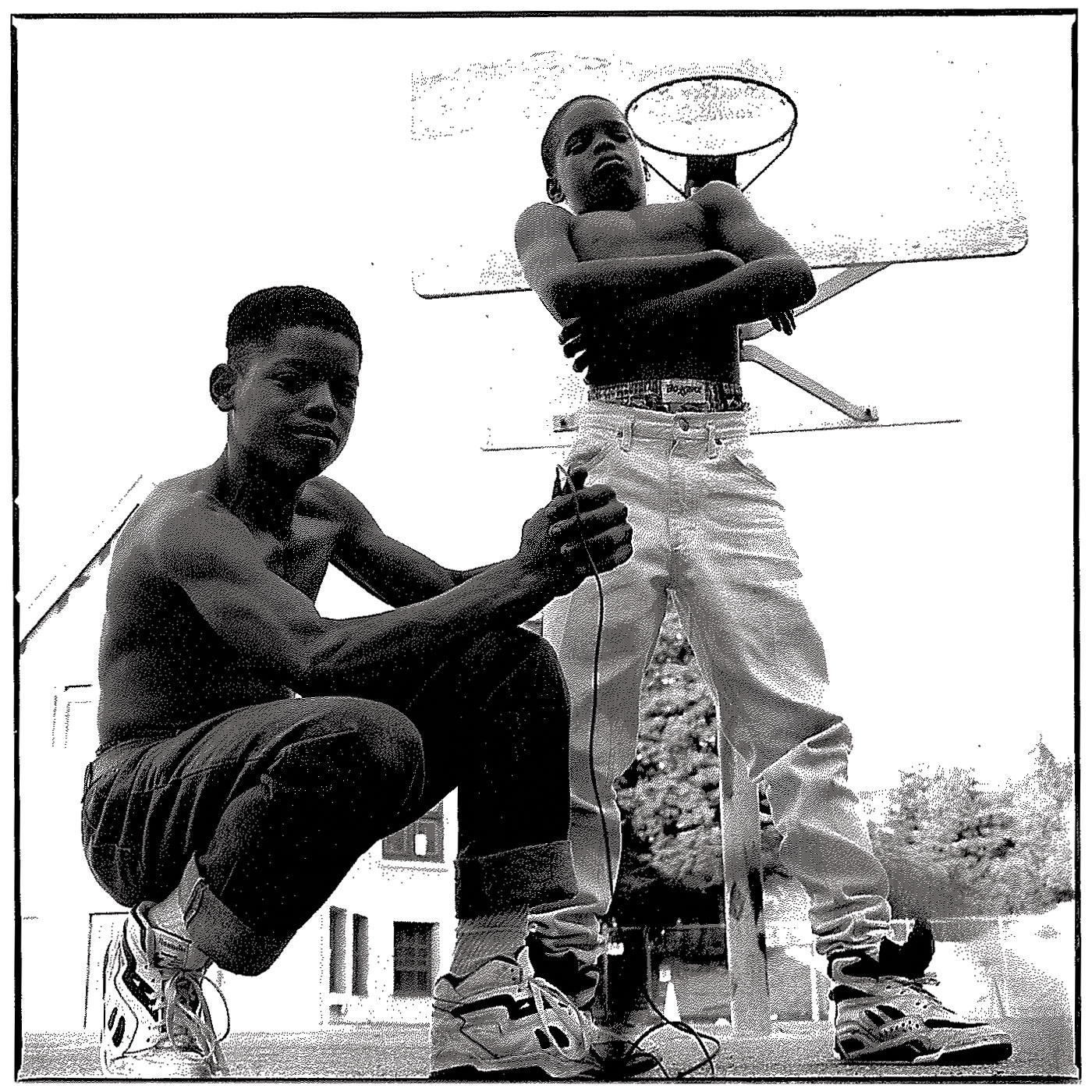
I discovered these men in much the same way you will in the coming pages that follow. With few exceptions, these men were complete strangers to me. I approached men of all ages (ten years old to ninety-two years old) and from all walks of life (many ethnicities, socio-economic, and philosophical backgrounds), and I asked them all the same questions: WHAT IS IT TO BE A MAN?
It is an intentionally vague and ambiguous question. It can be interpreted in many ways. What’s it like? What does it take? What does it mean? What is a successful man? When do you become a man? What’s the difference between men and women? Between men and boys? What is the role? What is unique? The answers I got are strikingly honest and passionate; they are disarming, sometimes amusin and always enlightening.
I started this project to bring some clarity to a subject that isn’t often discuss and is often even taboo. From the beginning, it was clear that words alone would not achieve my goal. But neither would a singularly visual format work. As such, I developed a methodology or style that might be called bio-photography. Each portrait is comprised of an interview, a handwritten statement and a collaborative photographic self-portrait – a formula which I believe offers a far more complete and less intrusive presentation and insight into these subjects.
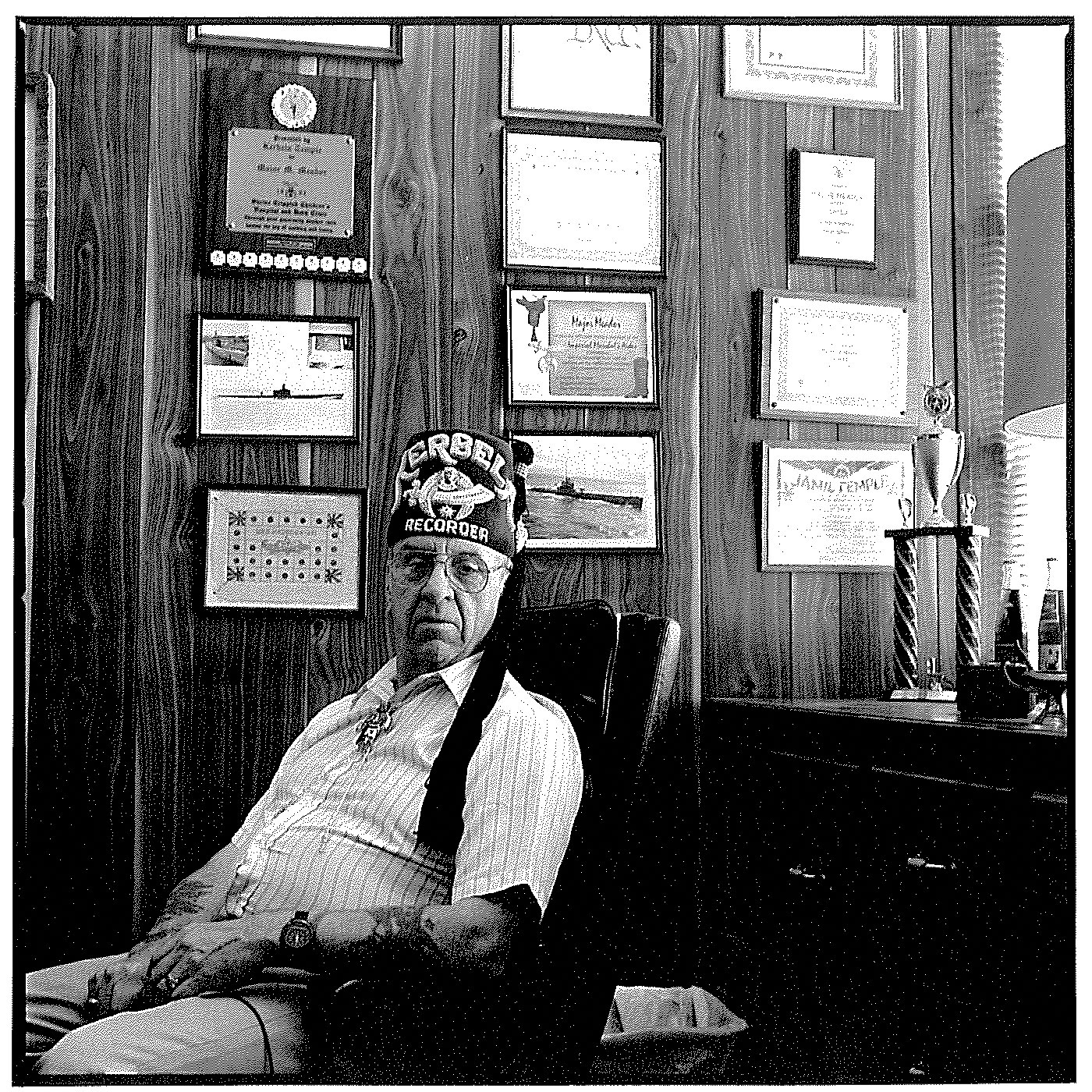
What does a “Self-Portrait” mean? For me to take a portrait of someone is to give the viewer my interpretation of the subject. I didn’t want to do that. I wanted very much to involving the subject and make him the decision maker on how he wanted the world to see him. That meant asking where to shoot the photo, what angle, what expression, what would he wear. I even handed the moment of the photograph over to him in the form of a 40 foot cable release cord (you will see an old school air-ball in each photo). The result are portraits that have an unusual amount of vulnerability and truth.
And rather than type out their statement on what it is to be a man, I had them write it out in their own hand-writing. This is yet another insight to who the men are. One man took out a T-Square and made lines, others wrote sloppily. Still others mis-spelled their statement. There is something deep about seeing how the men actually write.
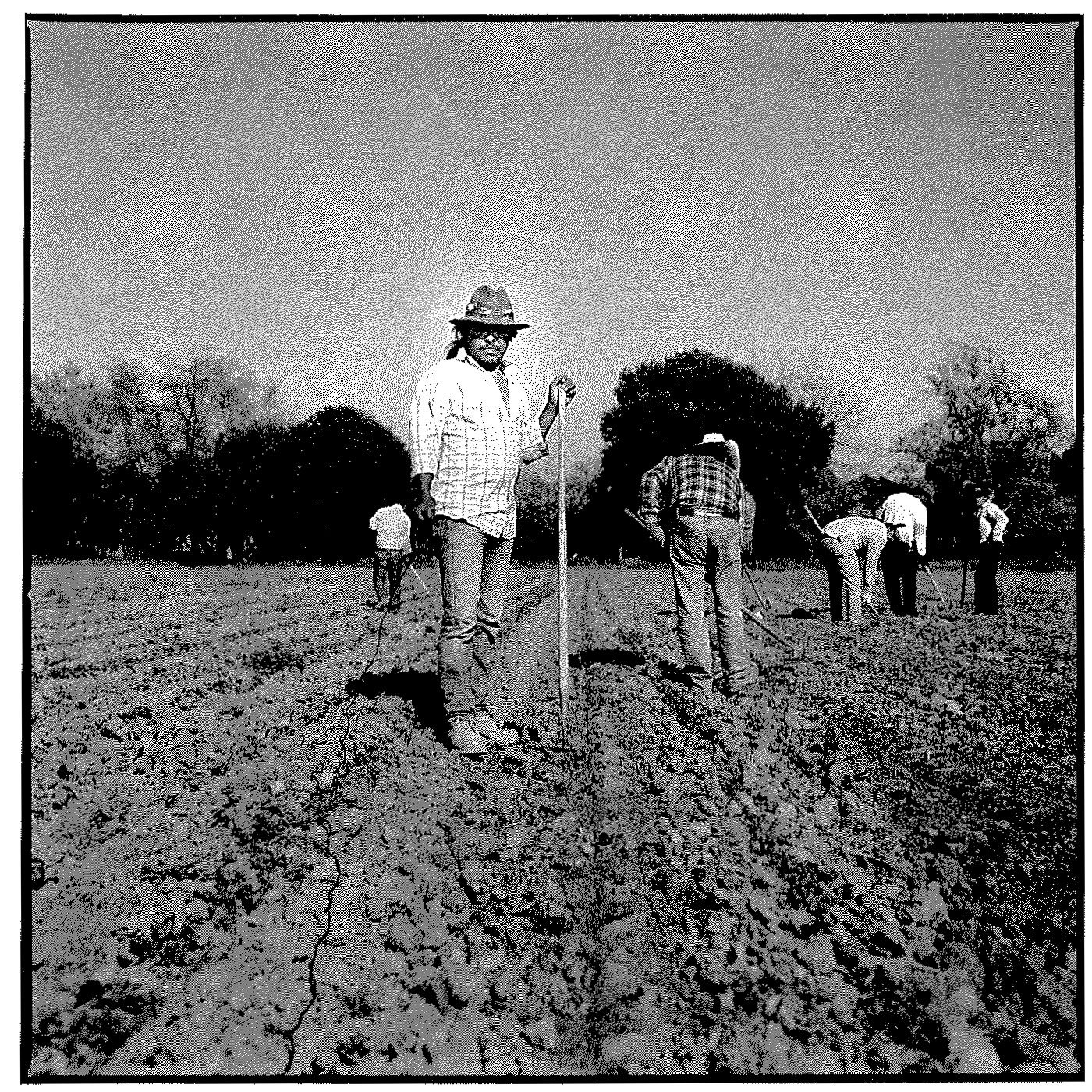
Finally, I included a “biographical sketch.” Each man filled out a simple questionnaire which provided standard details such as name, age, race/ethnicity, occupation, education, relationship status, where born, where raised, where presently reside, class or socio-economic background, any other defining characteristics or experiences and a philosophical statement. The final two questions were offered as an openly interpretive templates for the men to further describe themselves.
The point was to create a greater picture, a visual equation if you will, that could give context and insight to the answers and the points of view about each of these men.
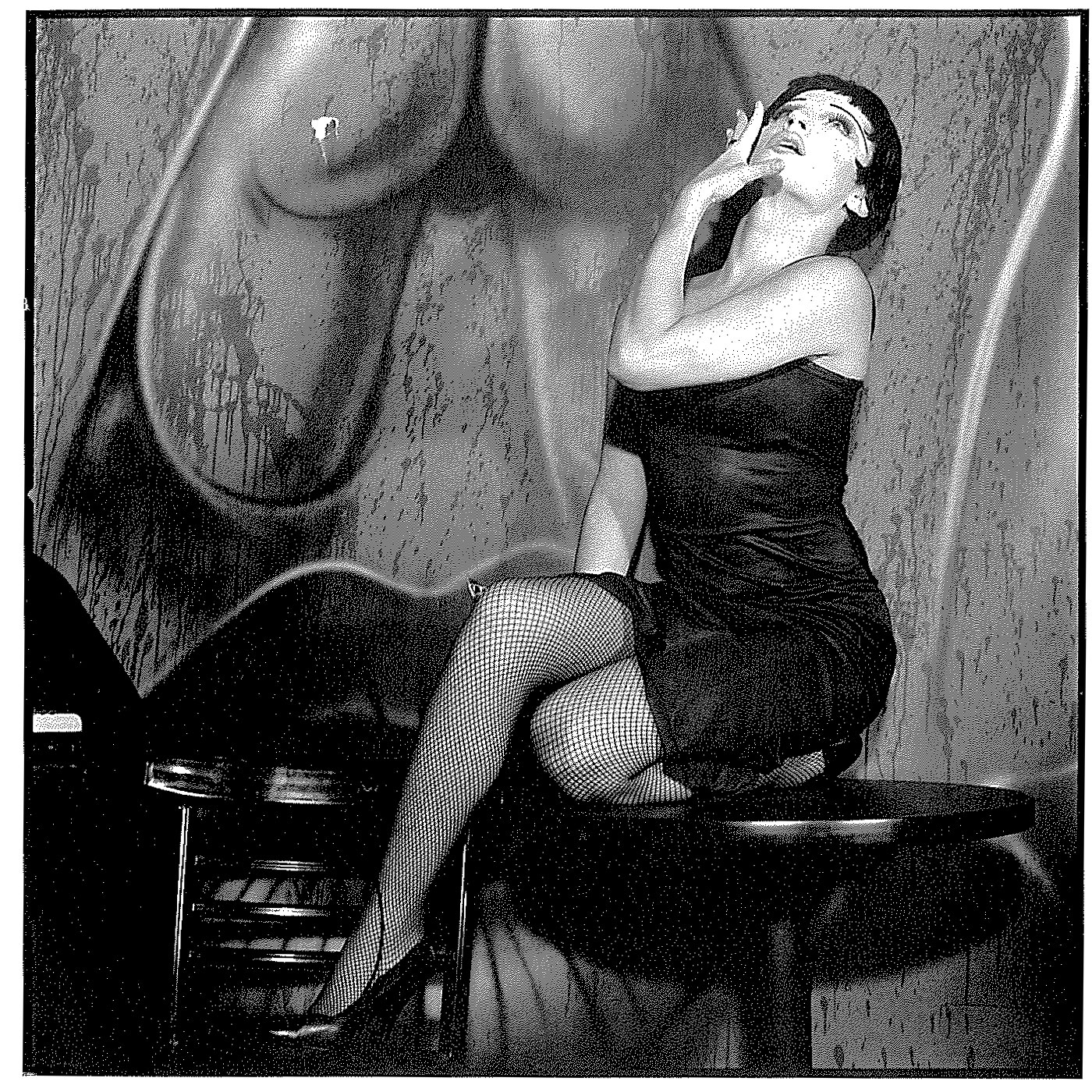
IT IS NOW ALMOST 25 YEARS since I finished this book. What I find remarkable is how current and relevant the answers and the confusion is today. 25 years ago, I attempted to change the conversation about gender relations. I understood and had compassion for the rampant female rage, but it seemed to me that the rage of the early 90’s was misplaced. The fury at physical abuse and fear got mixed in with the conversation about equal rights and equal pay. And what happened ultimately was a release of tension and fury, but not much else got accomplished. Within a few years, it became un-politic for young women to call themselves feminist and that movement lost steam.
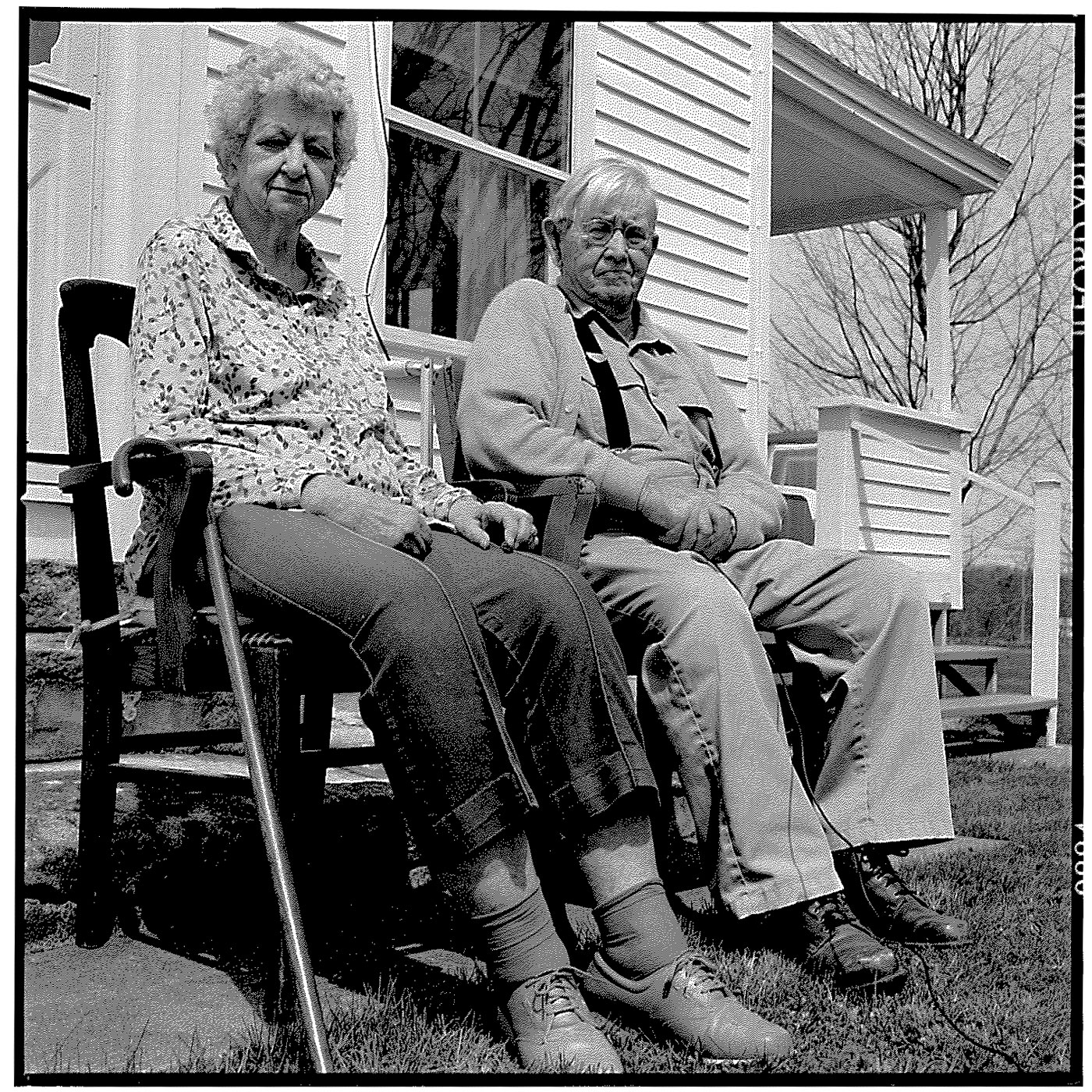
Unfortunately, 25 years later, we are facing a situation that is almost the same – and possibly worse. But in my opinion, we seem to be making a similar mistake. We are mixing frustrations about career and work in with the criminal element of physical abuse and my fear is that we will repeat the same situation that we had 25 years ago. We will let some
To be able to write essays for money online, you have to know where and how to acquire a college essay writing support. You do not writing help need to find yourself; it’s all too easy to start yourself. I have seen many people out there needing to earn a complete time living on the Internet, however they fail because they don’t understand how to obtain the very best places to locate essay writing service providers. You need to get your feet wet, begin a blog or site that have related content for your subject and sell articles, books, and other goods. You can also submit your writing to areas like Writer’s Market and Scribd and submit your works.
steam off, but real change will remain at bay.
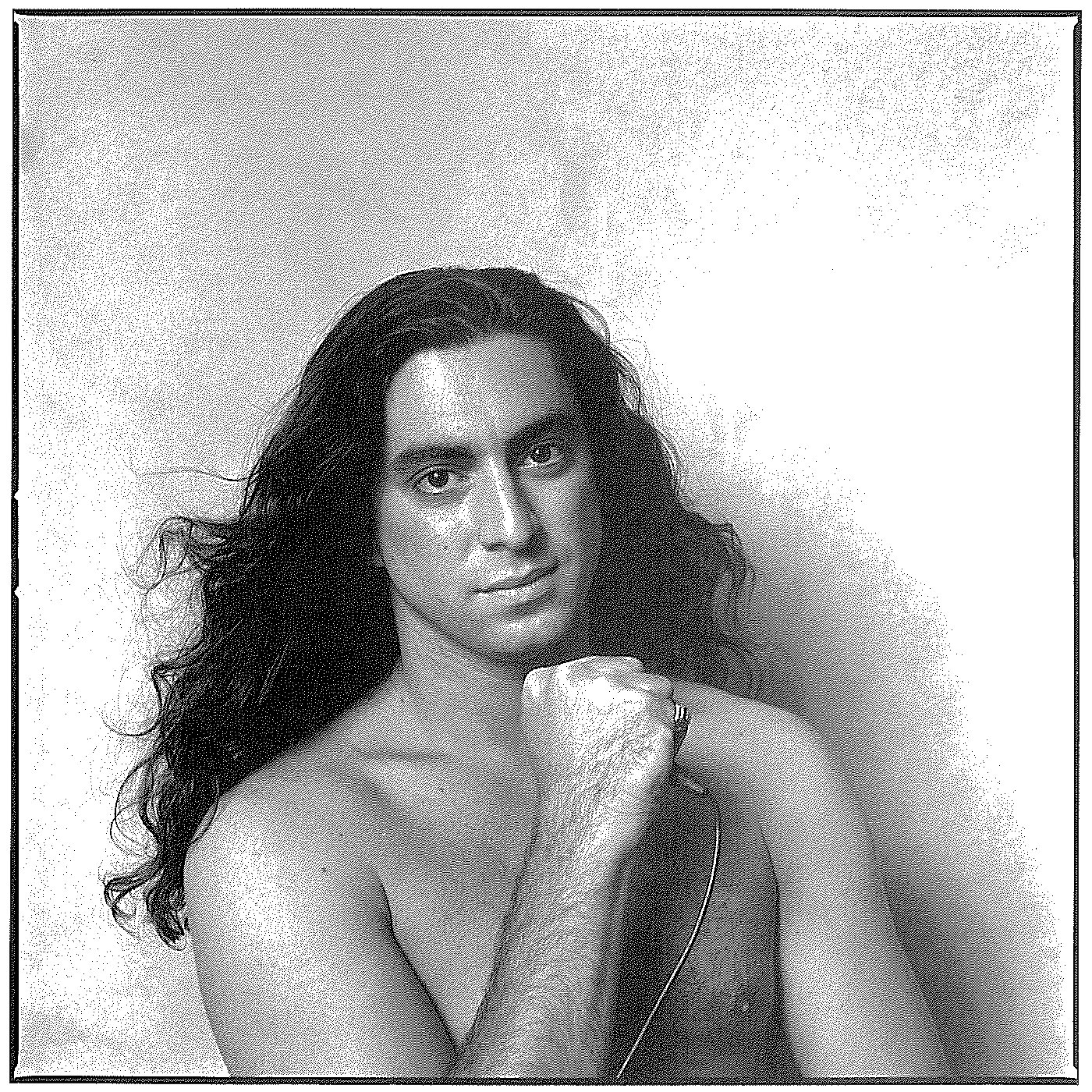
25 years ago, there was a burgeoning “men’s movement.” The shame that men felt about rape, abuse, coercion and intimidation resulted in a deep questioning about who we are and how we are to act. It was from that stage that I wrote this book. 25 years ago, male identity resulted in a combination of the “sensitive pony-tail guy” on the one hand, and the neo-Christian Promise-Keepers on the other. I wonder if we are in the same place today? I look at the bearded man-bun coffee shop dwellers and they look to me a lot like the pony-tail guys from before. Are the present neo-conservative Trump supporters similar to the neo-Christian Promise-Keepers from the 1990’s? Will this “Me Too” movement have a similar reactive response with ultimately no real, definable change? Only time will tell.
It is with that context, 25 years later, that I am proud to re-introduce my book TO BE A MAN. I hope you enjoy it and I would be thrilled to hear any thoughts or reactions that you have.
Daniel Kaufman
